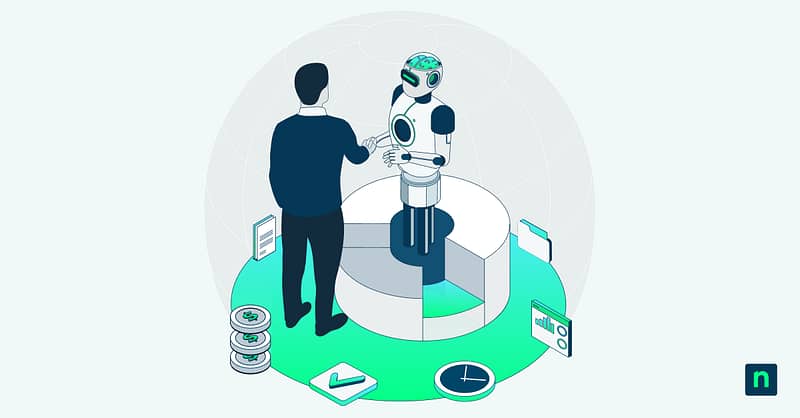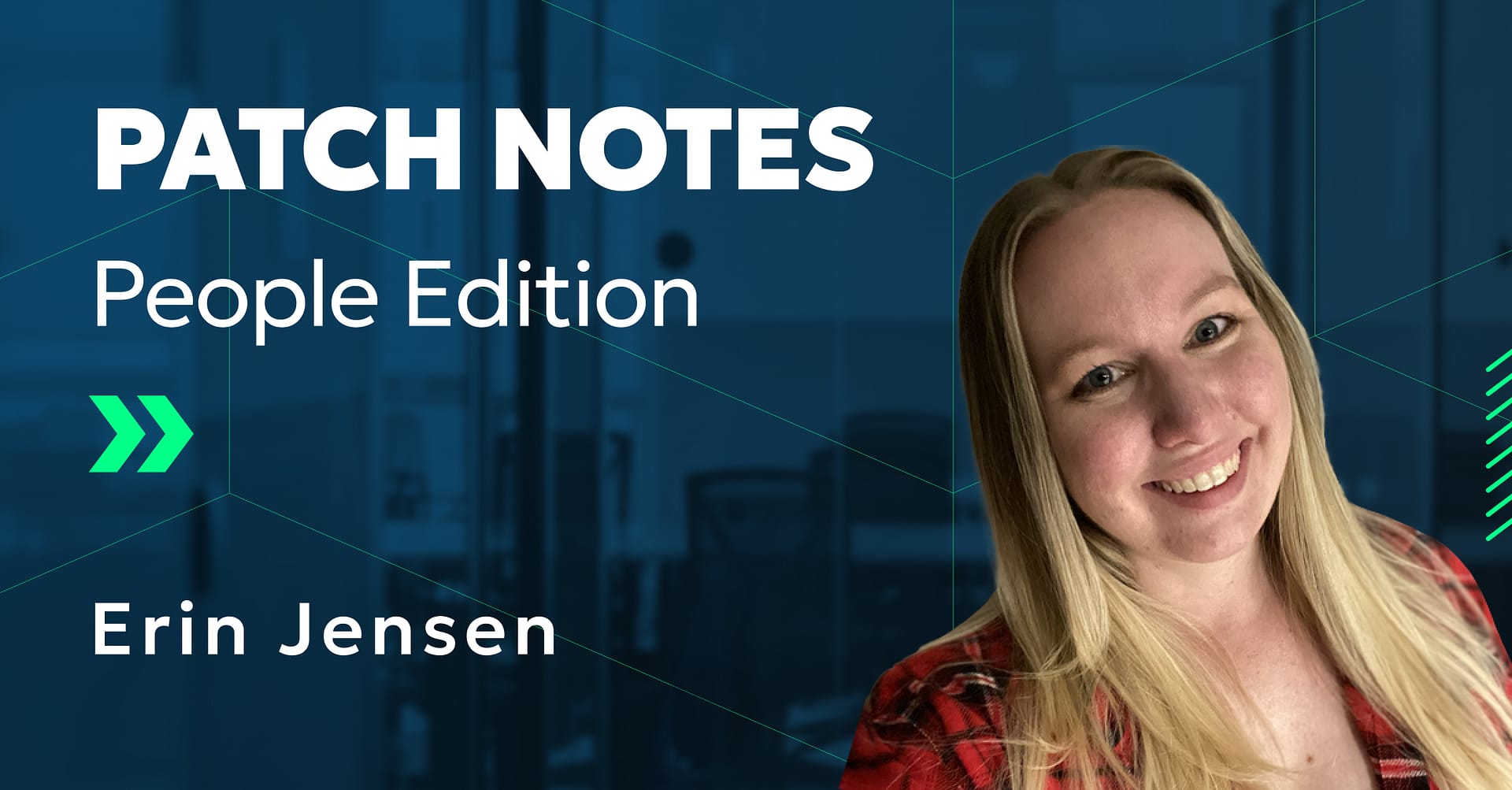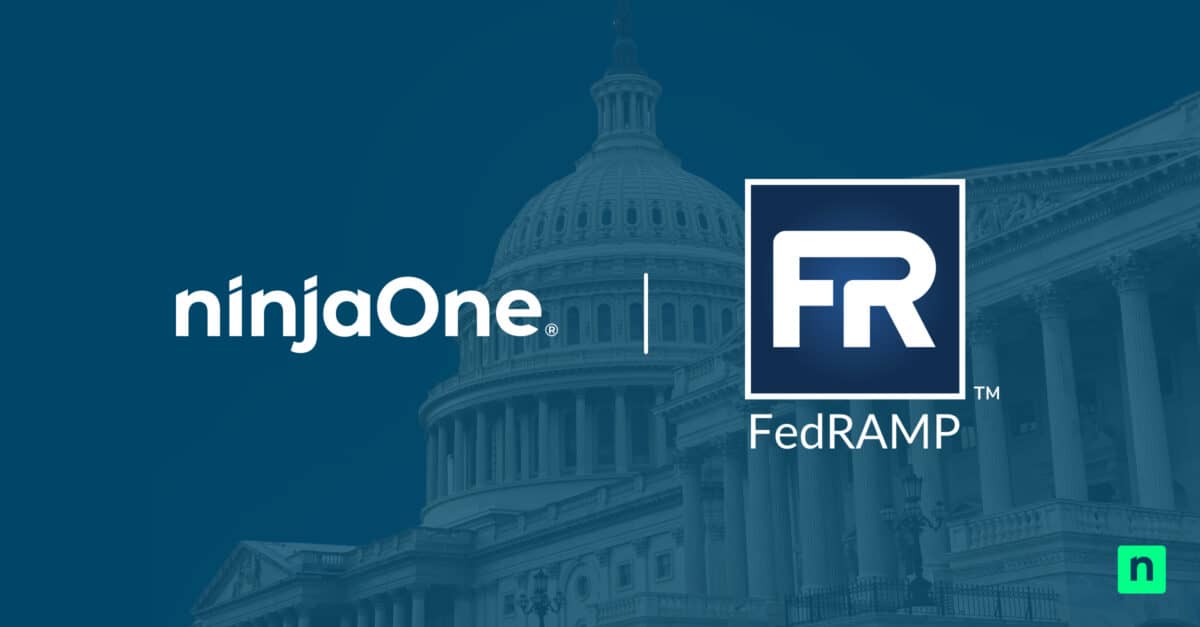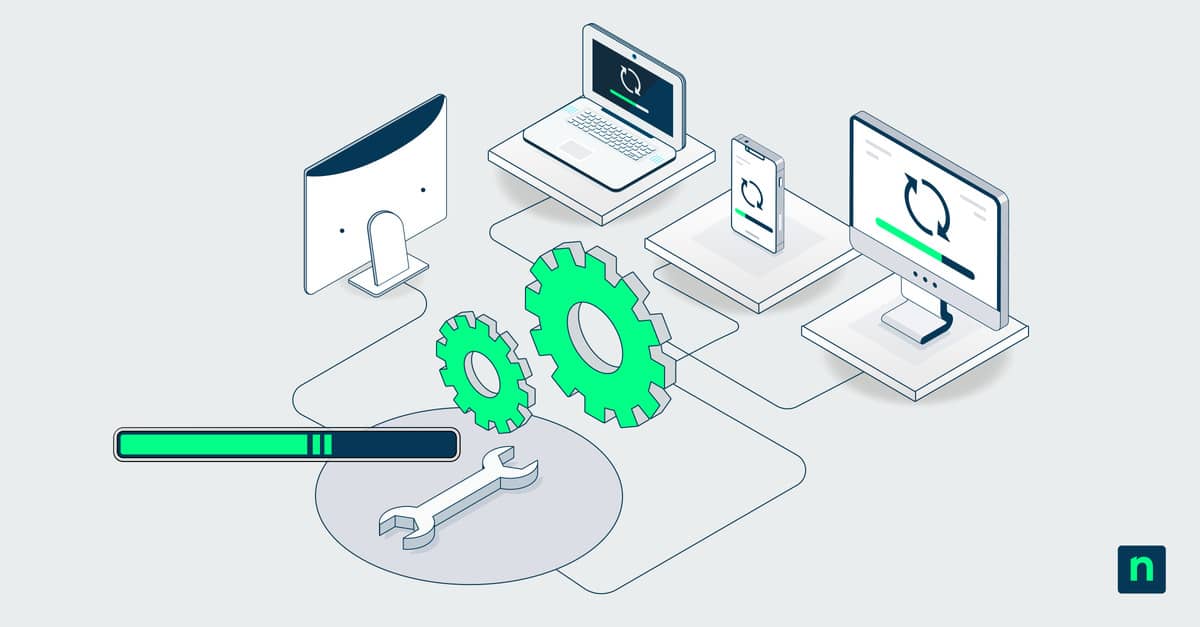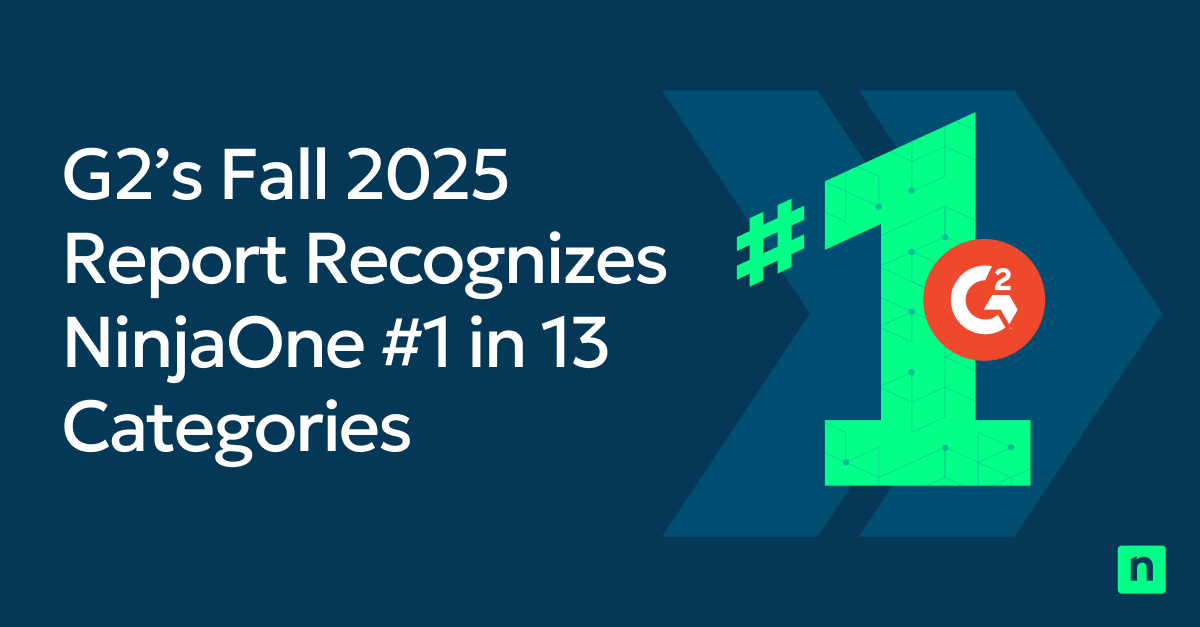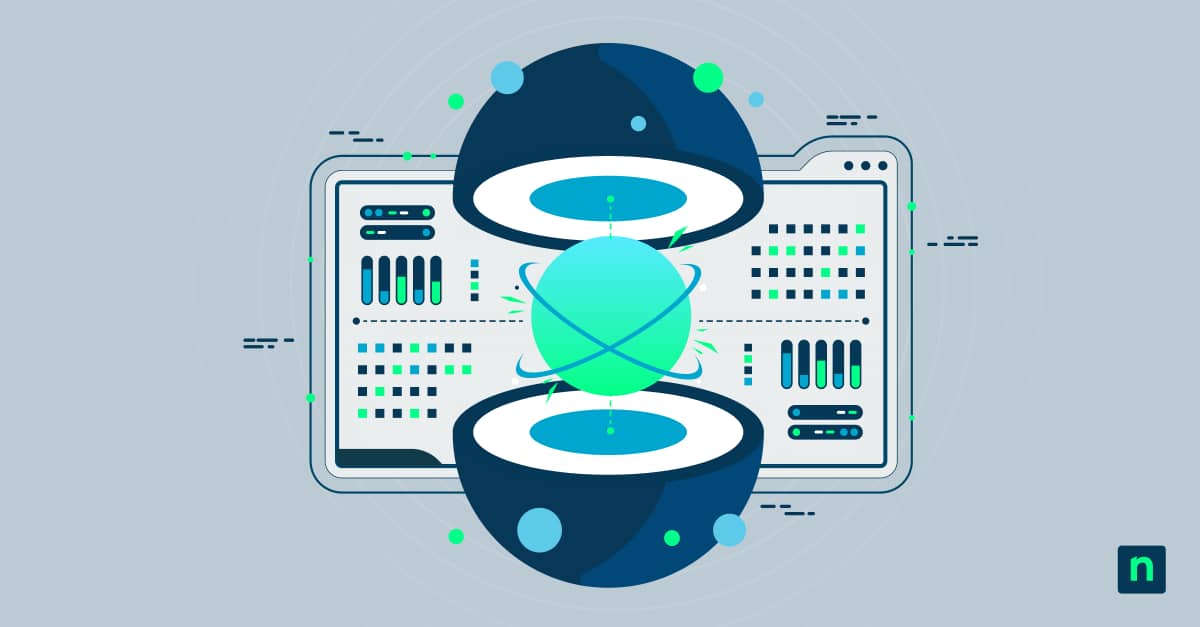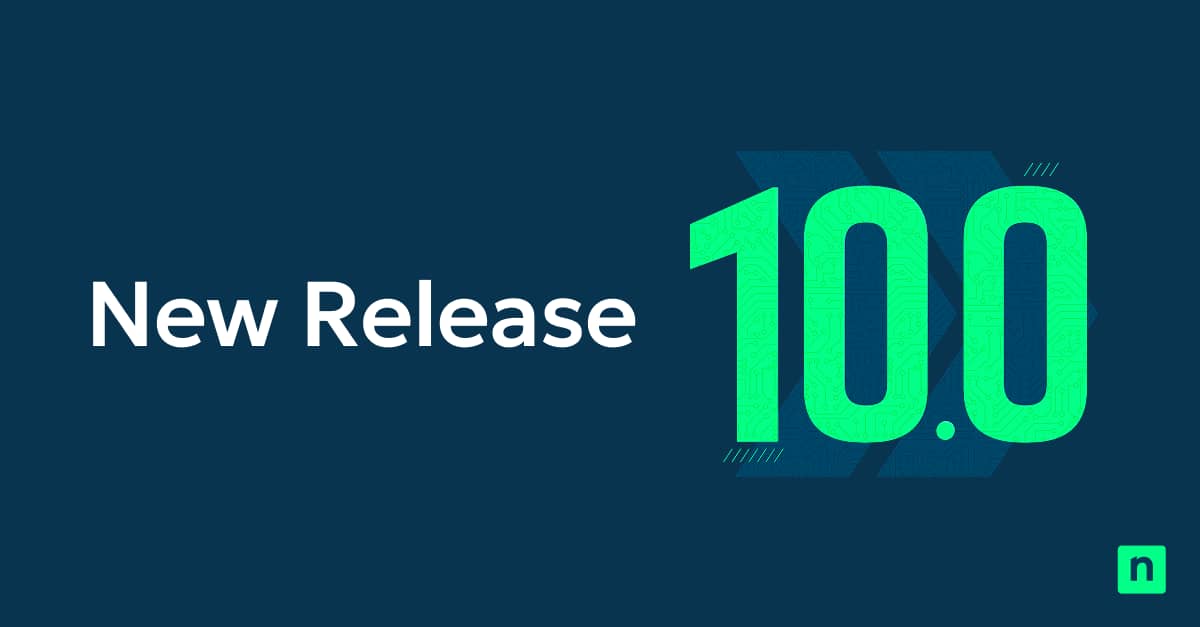The Human Firewall: How AI Is Elevating IT’s Role in Cyber Defense
For a long time, cybersecurity meant reacting. IT teams lived in their inboxes, chasing alerts, manually deploying patches, and trying to keep up with threats that moved faster every year. That’s changing with artificial intelligence (AI).
AI isn’t replacing IT professionals. It’s reshaping the way they work. Instead of operating as alert-chasing firefighters, IT teams are becoming strategic orchestrators of security, guided by data, supported by automation, and empowered to focus on what matters most to the business.
This evolution doesn’t make people less important. It makes them more powerful.
Old game, new speed
IT and security teams are bogged down, stuck under a mountain of false positives and repetitive tasks. Attackers exploit zero-days within hours. A missed patch or overlooked alert can cost millions.
That’s where AI can make a difference. By automatically analyzing alerts, filtering out noise, and flagging only the highest-risk events, AI transforms how teams prioritize and act.
Consider a fictional mid-sized retailer. Their IT team manages hundreds of distributed endpoints across point-of-sale systems, back-office PCs, and warehouse tablets. Every update requires vendor notes, testing on isolated machines, and waiting for team sign-off. That’s unless they adopt an AI-assisted patching process.
With a solution like NinjaOne Patching with AI-assisted patch approvals, the IT team could quickly distinguish critical patches from problematic ones and prevent a bad patch from ever being applied, sparing the team the hassle of rollbacks across the environment. It’s not a pipe dream anymore.
AI is reshaping the everyday work of IT
AI is redefining how IT teams operate, prioritize, and protect.
Here’s how the shift is unfolding:
| Role Shift | Then – Manual Approach | Now – AI-Enhanced Approach |
| Alert handling | Triage by volume, thousands of alerts/day | AI filters and prioritizes, IT investigates top-risk |
| Endpoint health | Manual audits across hundreds of machines | AI-driven health assessments and automatic remediation |
| Vulnerability fixes | Reactive patching after public disclosure | Predictive patching powered by threat intelligence and AI recommendations |
| Threat response | Find it > Respond > Clean up. | Now: Insight-led investigation and strategic mitigation. |
In this partnership, AI handles pattern recognition and repetition while people handle nuance, judgement, and strategic decisions.
Built for bigger things
When you take busy work off the table, IT teams can finally focus on what they’re best at: solving problems, anticipating threats, and building secure systems that support the business. AI gives IT leaders the space to think bigger and do things like proactively model emerging threats, plan zero-trust initiatives, and lead conversations with executives about risk, resilience, and ROI. They’re no longer just part of the response. They’re at the center of the strategy.
But this transformation only works if you have the tools to support it. At NinjaOne, we’re building for this moment—where automation meets intelligence, and people stay in the driver’s seat. We’re not building tools to replace IT teams. We’re building tools to help IT teams step into a more strategic role.
Cybersecurity will always require human intuition and judgement. However, in a world where threats evolve by the minute, speed and scale are crucial. AI brings speed and scale, and when combined with experienced IT professionals, it creates something new: a smarter, more resilient, more strategic approach to defense.
The human firewall isn’t going anywhere. It’s just getting an upgrade.
